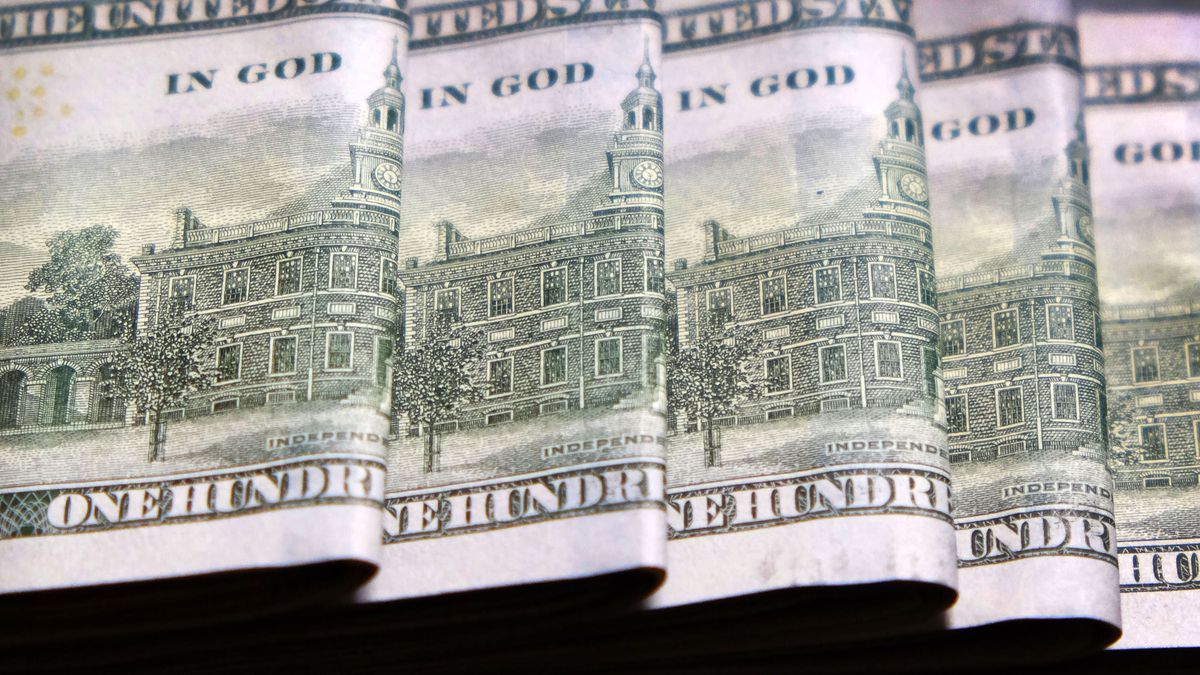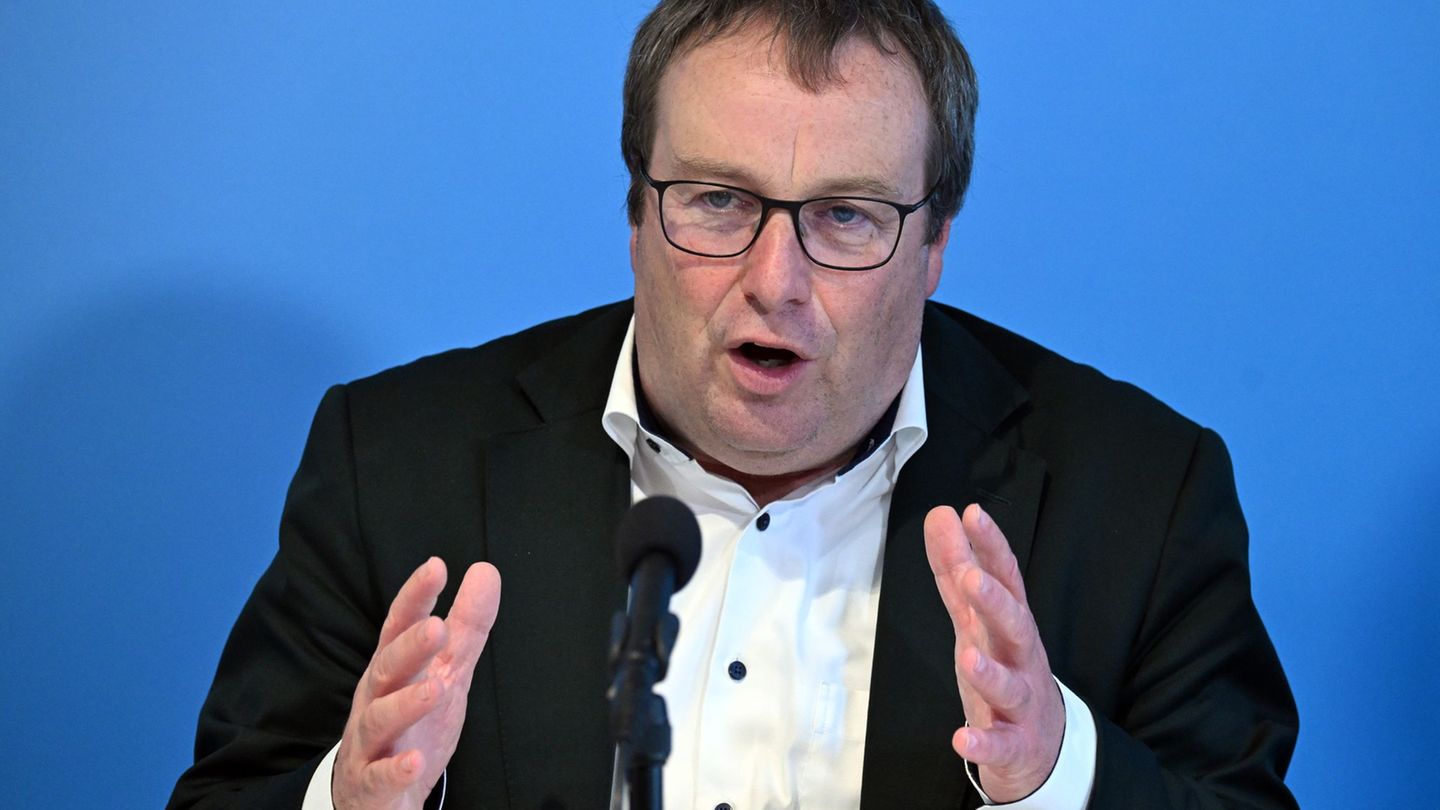The US currency added a few cents but remains below market expectations and the value with which it closed 2022.
He dollar in Uruguay managed to avoid a fifth consecutive day of decline, driven by a slight recovery of the currency worldwide, and aims to remain in the range of 39 pesos at the end of the year, in advance of a new meeting of the Monetary Policy Committee (Copom).
The content you want to access is exclusive to subscribers.
With a slight increase of 0.07%, the dollar He broke a streak of four consecutive days of loss that had left him on the verge of falling to the 38 peso range. With a closing price of 39,044 pesos, according to official data from the Central Bank of Uruguay (BCU)and with just one day left until the end of the exchange year, it seems that it will manage to remain around current values.


This, however, remains well below market projections which, in the last Economic Expectations Survey (EEE) of the BCU – published last Tuesday – were located in a US currency at 39.50 pesos.
Meanwhile, in December the currency has a negative balance of 0.19%; while in 2023, the decline reaches 2.19%.
This also happens in advance of a new Copom meeting in which it will be decided how the 2024 elections will begin. reference interest rates. In this regard, analysts are divided between a possible cut of 25 basis points in the Monetary Policy Rate (MPR) by the BCU; or that, on the other hand, the central bank will keep the interest percentage unchanged (9.25%) on placements in pesos.
A good sign from the international market
In parallel, the global dollar It also achieved a small rebound that allowed the local market to maintain some stability despite the ups and downs. Although the increase was also slight—the dollar index went from a five-month low of 100,654 units to a better level of 100,913 units—; It allows us to think that the year will close without major movements that modify the current scenario too much.
In any case, the US currency is on track to end 2023 with losses, breaking a streak of two consecutive years of gains, dragged down by market expectations that the United States Federal Reserve (Fed) could begin to make interest rates more flexible as early as March. The dollar index accumulates a decline of more than 2% in the month and in the year, as happens in Uruguay.
Source: Ambito




